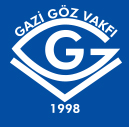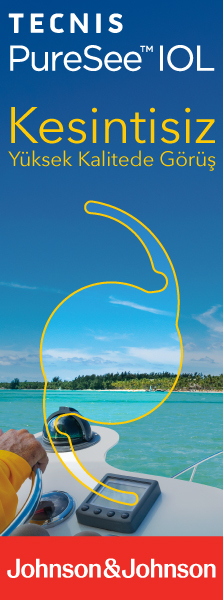Retina-Vitreous
2009 , Vol 17 , Num 3
Efficacy of Intravitreal Bevacizumab Injection for the Treatment of Macular Edema Secondary to Retinal Vein Occlusion
1Ankara Üniversitesi Tıp Fakültesi, Göz Hastalıkları A.D., Ankara, Asist. Dr.2Ankara Üniversitesi Tıp Fakültesi, Göz Hastalıkları A.D., Ankara, Prof. Dr. Purpose: To evaluate the functional and anatomical results after intravitreal bevacizumab injection in patients with macular edema secondary to retinal vein occlusion.
Material and Methods: Twenty-three eyes of 22 patients with macular edema secondary to retinal vein occlusion were treated with intravitreal bevacizumab injections (1.25 mg/0.05 ml) and enrolled in the study. These patients were evaluated with logMAR visual acuity, biomicroscopy, intraocular pressure, and optical coherence tomography results before and 1, 3, and 6 months after injection.
Results: Twenty-three eyes of 22 patients with a mean age of 60.2 years (36-83) were enrolled in the study. Of the patients, 12 had central retinal vein occlusion and 11 had branch retinal vein occlusion. The mean logMAR visual acuity was 1.11±0.5 before the injection, and it was 0.87±0.6, 0.86±0.6, and 0.77±0.6 at 1, 3, and 6 months, respectively. There was a statistically significant visual acuity improvement during follow-up (p<0.05, paired t test) in separate groups as well. After treatment, visual acuity improved 2 or more lines in 8 eyes, less than 2 lines in 8 eyes, decreased in 1 eye, and there was no change in 6 eyes. Optical coherence tomography scans revealed that macular edema disappeared in 10 eyes, decreased in 12 eyes, and continued in 1 eye when compared with the baseline examinations. Mean follow-up was 7.32 months and mean number of injections during this period was 1.43 for these patients.
Conclusion: In the short term, macular edema decreased and visual acuity increased after intravitreal injection of bevacizumab. However, long-term studies are needed to determine the permanency of this anatomical and functional recovery. Keywords : Bevacizumab, VEGF, retinal vein occlusion, macular edema, intravitreal





